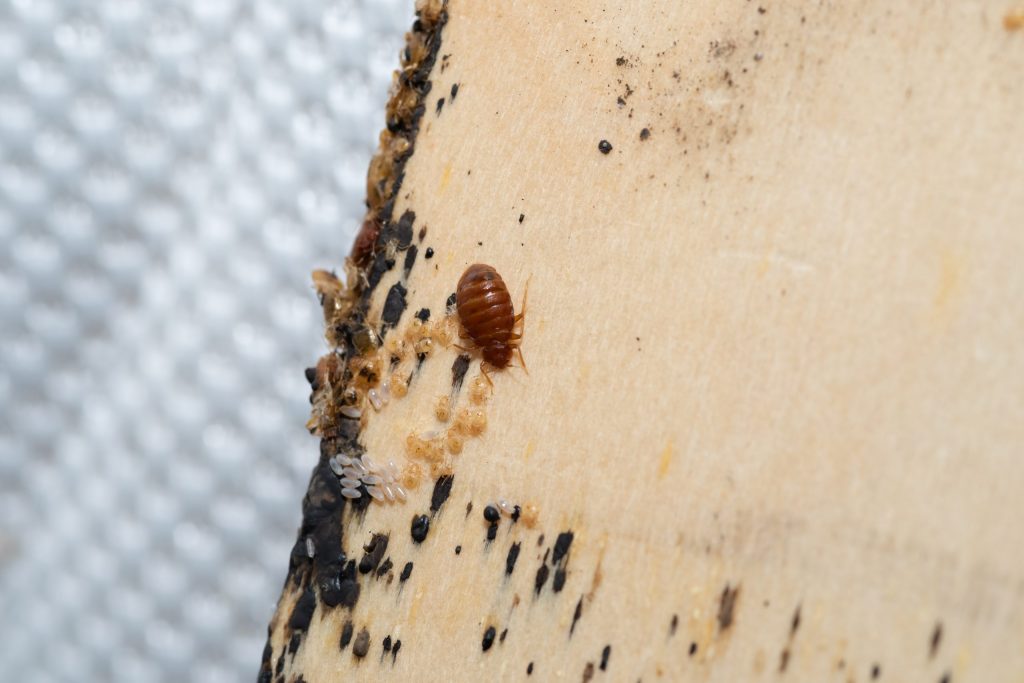I recently discovered what do bed bug eggs look like on my mattress, and it was a horrifying experience. After doing some research, I realized that identifying bed bug eggs on mattresses is not as simple as it may seem. In this comprehensive guide, I will be discussing how to identify bed bug eggs on mattresses so that you can take the necessary steps to eradicate the problem quickly and effectively.
What Do Bed Bug Eggs Look Like?
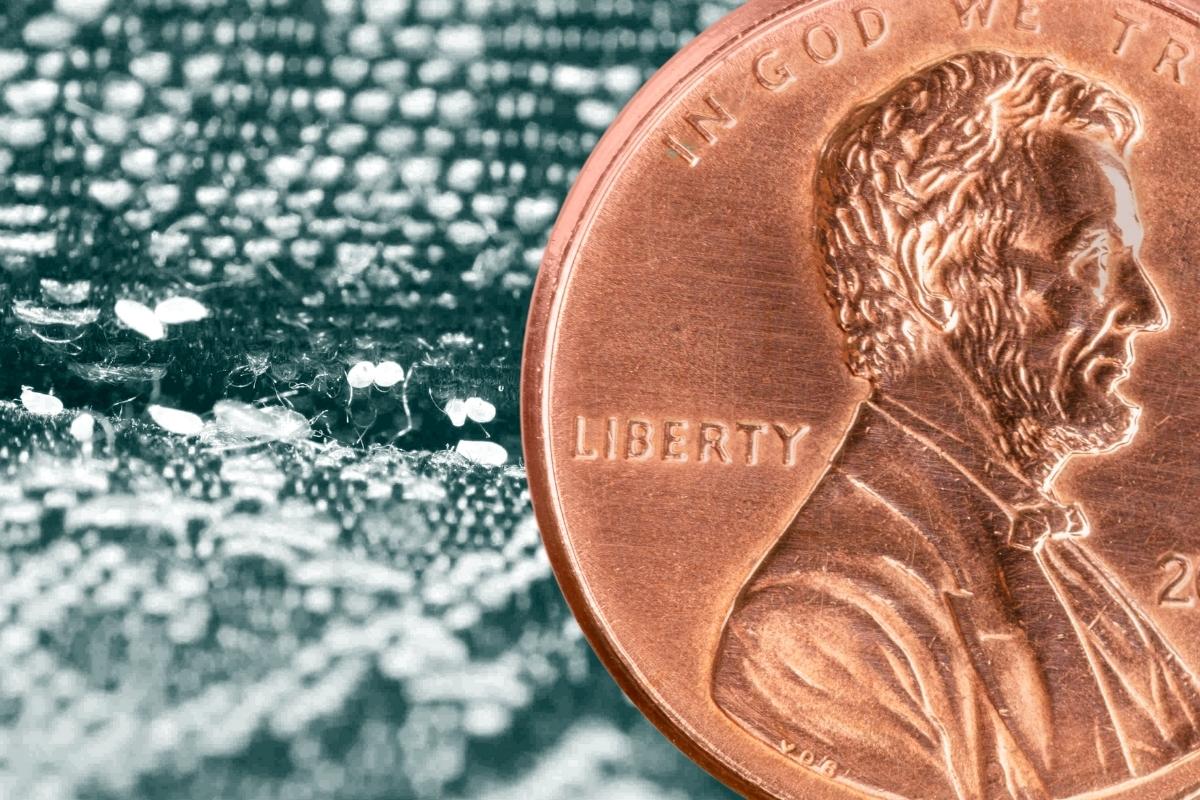
Bed bug eggs are incredibly small and almost impossible to see with the naked eye. The eggs, which are about the size of a pinhead, are white, translucent and oval-shaped. They are usually found in clusters and usually laid in tight crevices near the head of the mattress. For example, they can be found near the seams, buttons, tufts, and folds of the mattress, or within the box spring. In addition, bed bug eggs are sticky and can be found attached to surfaces like the mattress or bed frame. It is important to note that bed bug eggs can take up to 10 days to hatch, so it is essential to catch the infestation early on.
To identify bed bug eggs on a mattress, you should use a bright light and a magnifying glass. Carefully inspect the mattress and look for the small, white egg clusters near the head of the mattress. In addition, you may find small, black spots on the mattress. These are bed bug droppings, which are left behind by the bed bugs after they have fed on human blood. If you find bed bug eggs and droppings, it is essential to contact a professional pest control company to properly eliminate the infestation.
On a Mattress
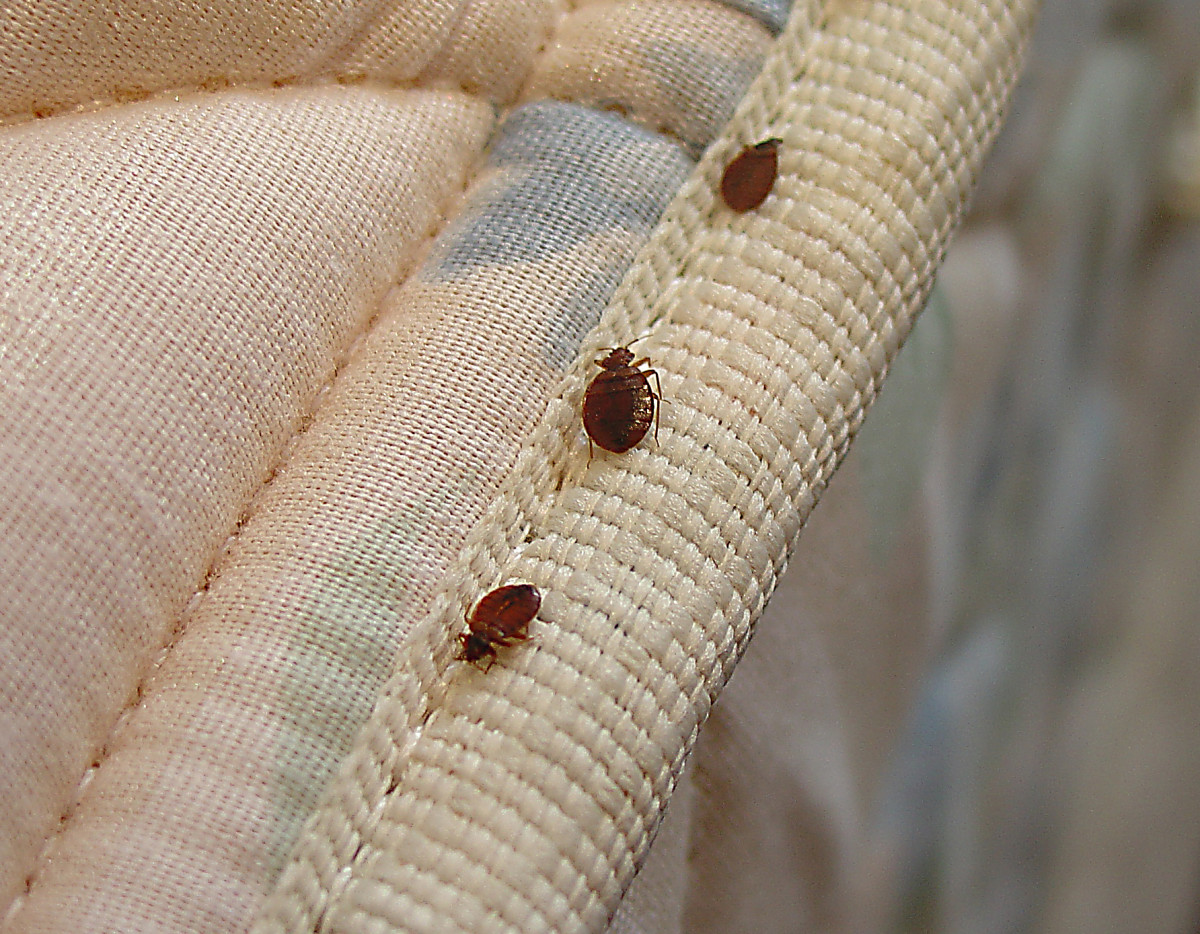
- Bed bug eggs are small, white and oval-shaped.
- They measure about 1mm in length and are almost translucent.
- The eggs are usually found in crevices and tight spaces on the mattress or bed frame.
- Look for clusters of eggs, as these are the most common sites for bed bugs to lay eggs.
- The eggs are sticky, so you may find them stuck to the fabric of the mattress or bed frame.
- If you do find eggs on the mattress, it’s important to take steps to get rid of them as soon as possible.
On Clothes
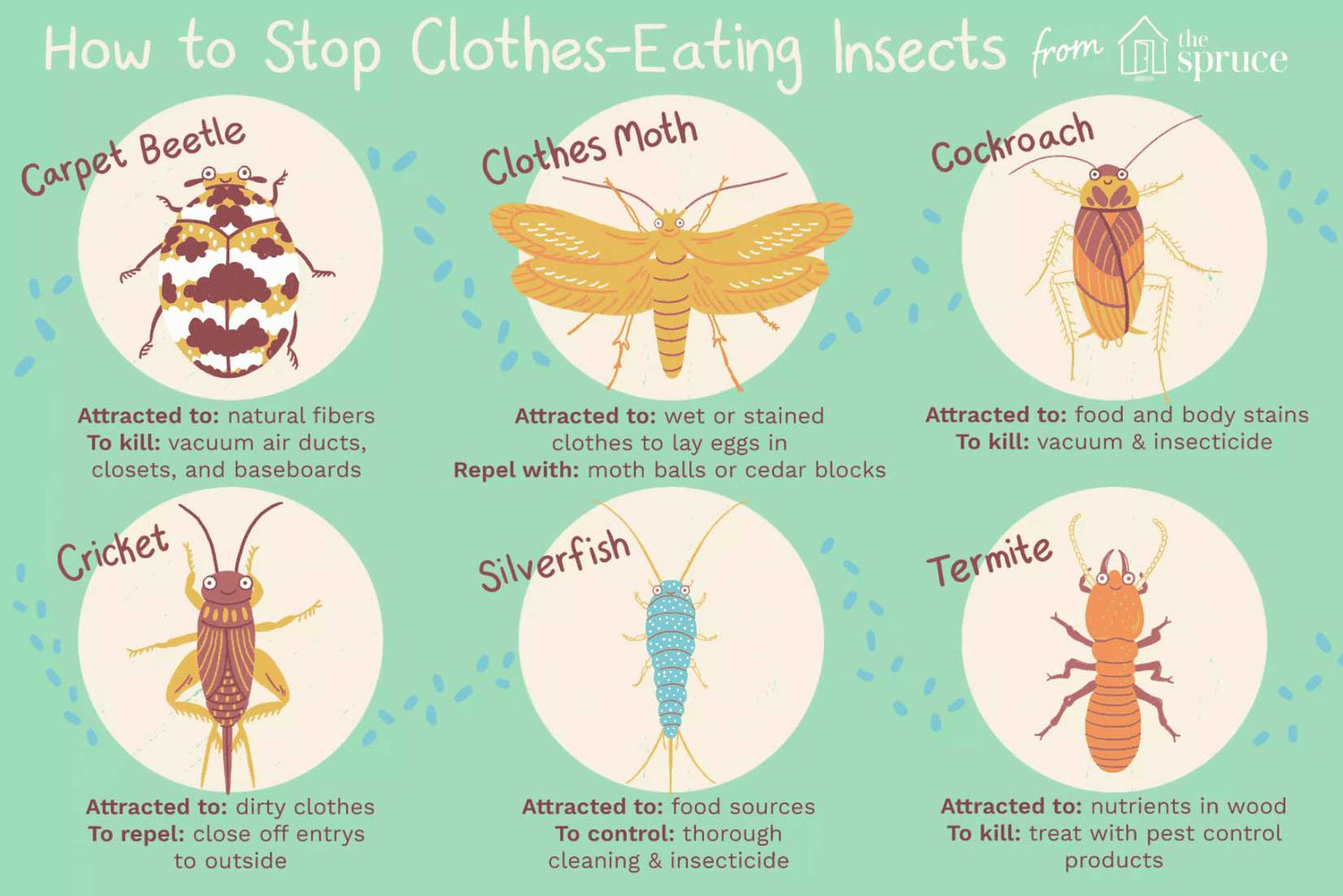
- Bed bug eggs are small and flat, approximately 1mm in size.
- They are usually white or off-white in color and may be found on clothing, in seams, creases and folds.
- They may also be found on furniture, carpets, curtains and other fabrics.
- The eggs are very small and may be difficult to see with the naked eye.
- If you suspect you may have bed bug eggs on your clothing, use a magnifying glass to inspect the fabric closely.
What Do Bed Bug Eggs Feel Like?
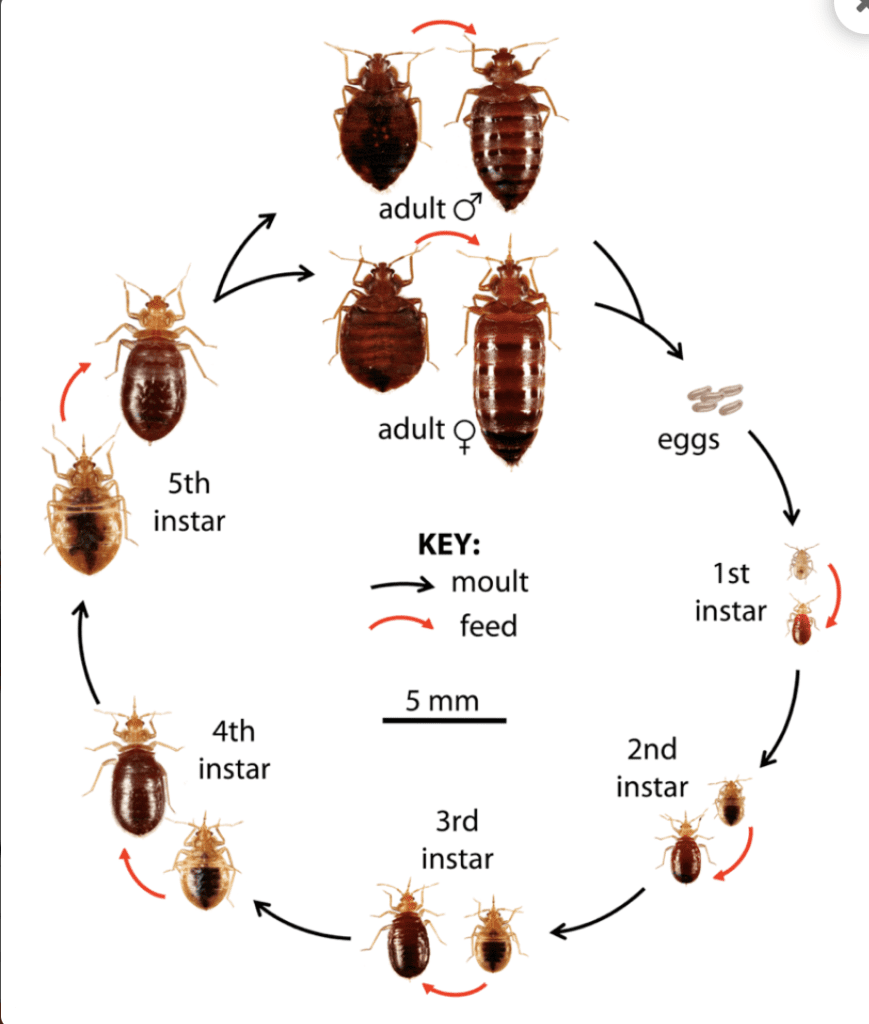
Bed bug eggs feel like tiny grains of rice that have a slightly sticky texture. The eggs are so small that they are almost impossible to feel by touch unless you are actively searching for them. When running your hand over the mattress, you may feel a slight stickiness. This usually comes from the eggs being attached to the fabric using the glue-like substance the female bed bug secretes. If you look closely, you can see the eggs stuck to the mattress.
How to Spot Bed Bug Eggs
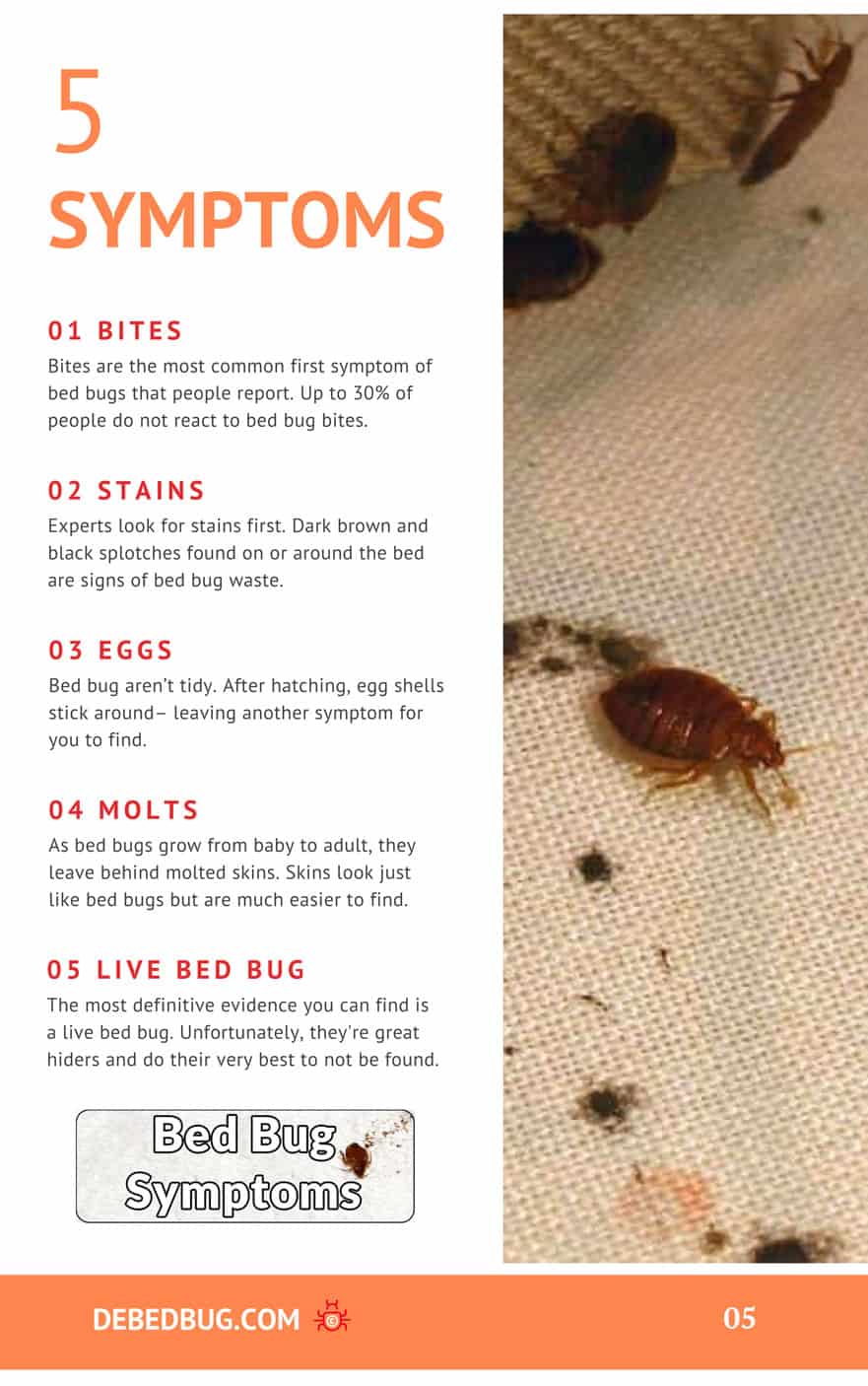
- Check your mattress for tiny white or tan specks. Bed bug eggs are small and can be difficult to spot, but they are usually around 1mm long.
- Check cracks in your mattress. Bed bugs will often lay their eggs in these areas, so keep an eye out.
- Look for any dark spots or smears on your mattress. These are signs that bed bugs have been present and may have left eggs behind.
- Check your bed frame, headboard, and other furniture in your bedroom. Bed bugs can lay eggs in these areas as well.
- If you see any signs of bed bug eggs, contact a pest control service for assistance.
How to Prevent Bed Bug Eggs
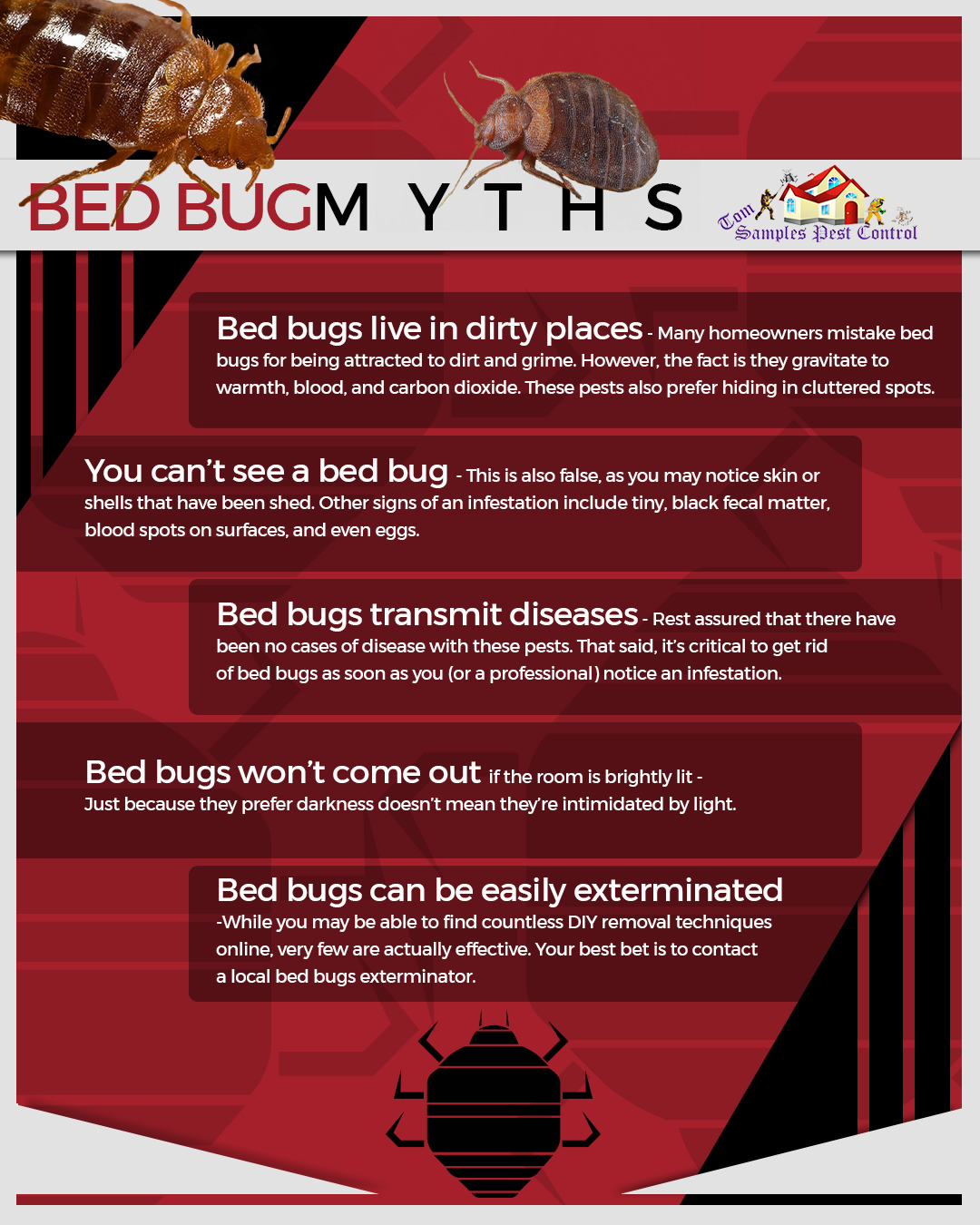
- Regularly inspect your mattress and bedding for bed bug eggs.
- Clean and vacuum your mattress regularly.
- Wash all bedding, including mattress covers, in hot water.
- Check for bed bug eggs in cracks and crevices in the bed frame, box springs, and headboard.
- Use a bed bug spray on your mattress and other furniture.
- Place bed bug-proof mattress covers on all mattresses and box springs.
- Treat your mattress with a bed bug pesticide.
- Encase pillows, blankets, and comforters in allergen-proof covers.
- Regularly inspect all second-hand furniture for bed bug eggs.
- Vacuum carpets, furniture, and other areas prone to bed bugs.
- Regularly inspect luggage, bags, and other items for bed bug eggs.
- Seek professional pest control services if you suspect a bed bug infestation.
How to Treat Bed Bug Eggs
- Vacuum the mattress, surrounding furniture and carpets to remove any adult bed bugs and eggs.
- Steam clean the mattress and surrounding furniture. This will help kill any remaining eggs.
- Clean and dry the mattress and surrounding furniture well, as bed bugs thrive in moist, warm environments.
- Use mattress covers to protect the mattress from future infestations.
- Use insecticides to kill the bed bugs and eggs. Be sure to apply insecticides in all the cracks and crevices of the mattress, furniture and surrounding carpets.
- Repeat the process until all the eggs and adult bed bugs are eradicated.
Common Misconceptions About Bed Bug Eggs
- Bed bug eggs are often mistaken for other dust particles, such as dandruff or lint.
- Bed bug eggs are often mistaken for other insects’ eggs, such as fleas or cockroaches.
- Bed bug eggs are often thought to be too small to be seen, when in fact they are visible to the naked eye.
- Bed bug eggs are often mistaken for dirt, when in fact they are quite shiny and reflective.
- Bed bug eggs are often thought to be white, when in fact they are off-white or cream-colored.
It is important to be able to identify bed bug eggs on a mattress, as they can quickly grow into an infestation if left untreated. Bed bug eggs are about the size of a pinhead, and are usually found in small groups, usually on the seams, folds, and tufts of the mattress. They are oval in shape, and usually off-white or cream-colored. When crushed, bed bug eggs are shiny and reflective.
Frequently Asked Questions
What are the common signs of bed bug eggs on a mattress?
Bed bug eggs are whitish-yellow in color and resemble tiny grains of rice. They are usually found in the creases and seams of the mattress fabric. You may also spot clusters of eggs in the tufts and folds of the mattress. Bed bug eggs are difficult to see with the naked eye, but if you look closely you may spot the eggs, their shells, or the bed bug excrement which looks like black or rust-colored spots.
What are the tell-tale signs of bed bug eggs on clothes?
Bed bug eggs on clothes can be hard to spot, but there are some key signs you should look out for. Small white or cream-colored eggs, usually found in clusters, are the most common sign. Other tell-tale signs include dark spots, which are a result of the eggs being laid and hatched, and small blood spots from bed bug bites. If you see any of these signs, you should take immediate action to get rid of the infestation.
Is there a way to tell the difference between bed bug eggs and other eggs on a mattress?
Bed bug eggs are extremely small, measuring only 1 mm in length, and are usually white or off-white in color. They can be difficult to spot, but they are typically found in clusters on the seams or folds of a mattress. Other eggs on a mattress can also be difficult to spot, but they will usually be larger and of a different color than bed bug eggs. It’s also important to note that other eggs on a mattress are unlikely to be found in clusters.
What do Bed Bug Eggs Look Like on a Mattress Compared to Bed Bug Eggs on Clothes?
Bed bug eggs on mattresses are usually found in the seams or tufts of the mattress and are usually a pale yellow or white color. They are approximately 1mm in diameter and can be difficult to spot. Bed bug eggs on clothes may be more visible as they are often laid in areas of the fabric that are less dense, such as cuffs, collars and waistbands. They are the same shape and size as those found on mattresses.
Is there a way to tell if bed bug eggs have hatched without opening them?
No, bed bug eggs must be opened to determine if they have hatched. Bed bug eggs are generally motionless and are typically found in clusters of 10-50 eggs. They are often found near the seams of a mattress or behind the headboard. The eggs are white and about 1mm in length. If the eggs are open and the bed bugs have hatched, the eggshells will be visible.
Conclusion
Bed bug eggs can be difficult to identify, especially with the naked eye. If you suspect you have bed bugs, consult a professional to inspect your mattress for eggs and other signs of an infestation. Taking action early is important for preventing a bed bug infestation from taking hold in your home.
It is also important to practice proper hygiene and regularly inspect areas of your home where bed bugs may be hiding. Vacuuming, washing bedding, and using insecticides can help prevent and treat bed bug infestations. Finally, be sure to look for signs of eggs, shed skins, and live bugs to detect an infestation early.
